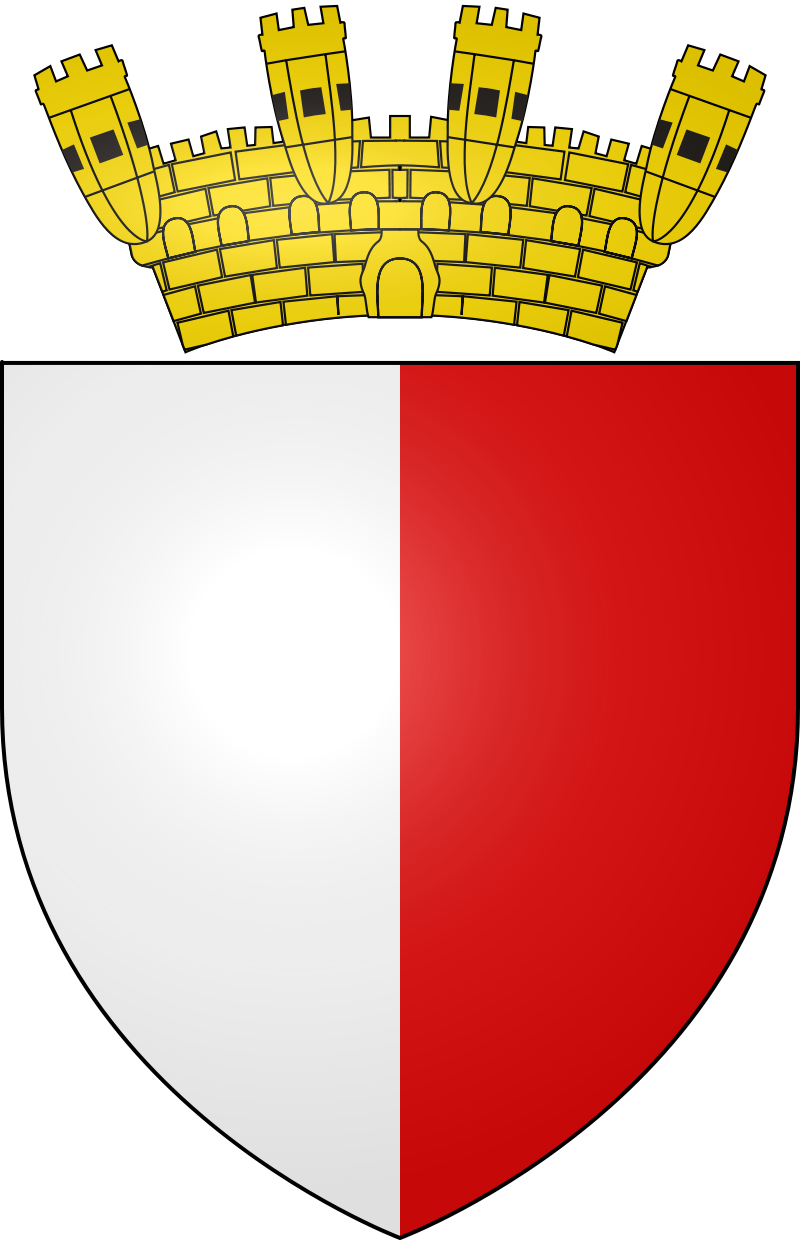Previous slide
Next slide
Dating back from the Bronze Age, the hill on which L-Imdina (Citta’ Notabile) was built was already a fortified area. About 1000 BC, the Phoenicians surrounded the place and parts of what today is Rabat with walls. It was called Malet, meaning refuge, the same name given to the island.
According to tradition, where the Cathedral is built today, a palace originally was built and occupied by the Roman Governor Publius, the one appointed by Saint Paul to be Malta’s first bishop.
In the year 870AD, the Saracens attacked the island, and the town took its modern name L-Imdina, meaning town surrounded by a wall. For defence purposes, the Arabs separated L-Imdina from Ir-Rabat with a deep ditch, and surrounded the city with new walls. From this time onwards, L-Imdina barely changed. The strucuture and plan of the streets is practically the same as the one of a thousand years ago.
In 1090, Count Roger the Norman conquered the city. The first action he took was to build a new church dedicated to Saint Paul instead of the small church on whch Publius palace one stood. Count Roger and his successors also established Malta’s aristocracy, which always played an important role in L-Imdina’s history.
Under the Normans and successive ruling dynasties, Malta and L-Imdina underwent hard times. Malta’s nobility, which gathered inside the walls of Mdina for protection from piratical attacks, had to cater for the needs and administration of Malta. The viceroy of Sicilly had given Malta the right of internal autonomy, which functioned through the Universita’, which met in L-Imdina. As a result of the courage shown by the inhabitants of L-Imdina when they revolted against the injustices of Monroy, the island’s ruler, the King of Spail gave the title of Notabile to the city of L-Imdina.





